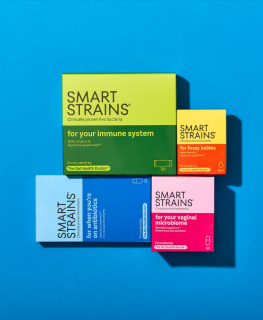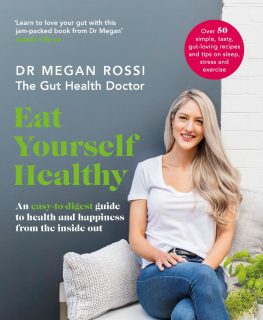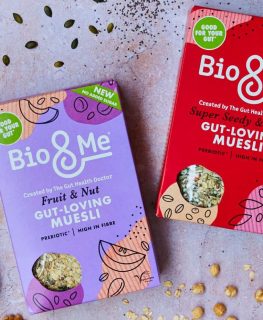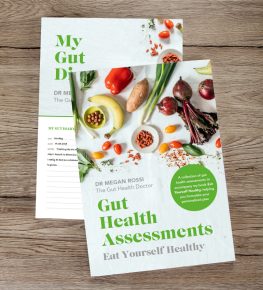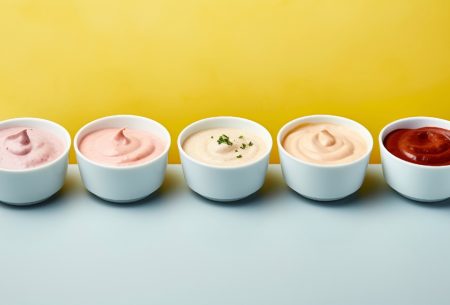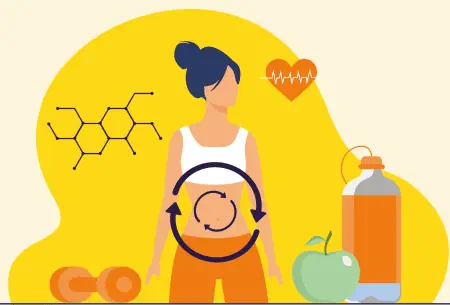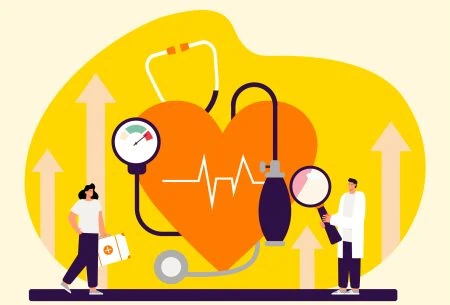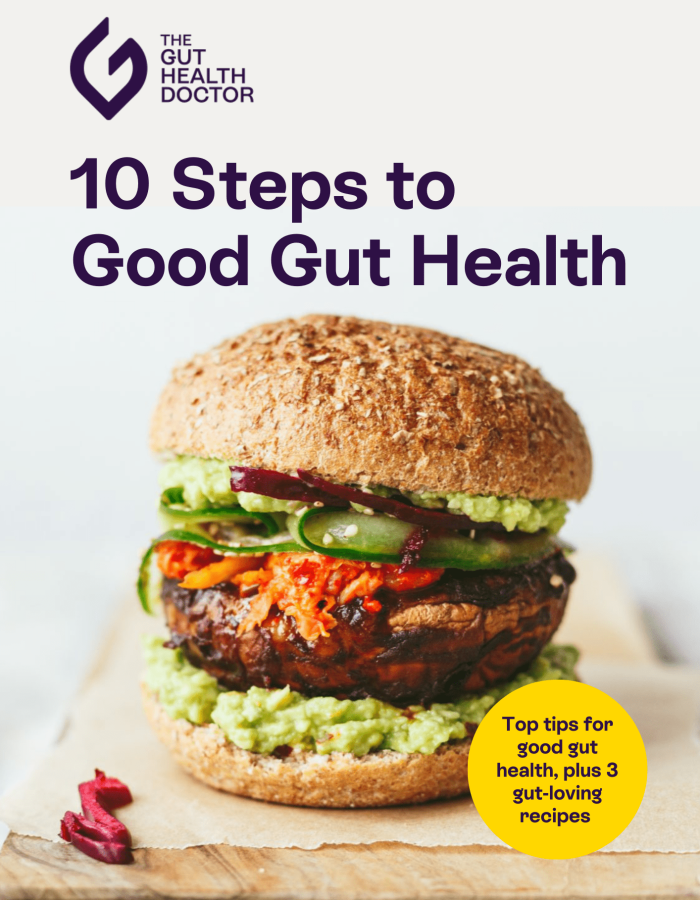If there was one myth I’m most passionate about busting right now, it has to be about food intolerances. Why? Because not only could the false information surrounding intolerances and sensitivities put people’s physical health at risk (with potential nutrient deficiencies and missed diagnoses), but it could impact their mental health and relationship with food too.
Here’s the latest science.
In a nutshell: If you suspect an intolerance, stick to the tried-and-tested 3R Method, rather than cutting out foods without a solid action plan (which could end up doing more harm than good)
What actually is a food intolerance?
A food intolerance is essentially having difficulty digesting a certain food, leading to symptoms such as bloating, tummy pain – scientifically, it’s generally considered an “abnormal functional response to a food component”.
As many as 1 in 5 people (ethnicity dependent) are thought to have some type of food intolerance, the main type being lactose intolerance, (although keep in mind that many more people think they have one, when they might not!) and, while it’s not life-threatening, it can have an effect on your quality of life, as well as your relationship with food.
Even though it can be tempting to blame gut symptoms on specific foods you’ve eaten, it’s important not to jump to any conclusions too quickly without confirming the true cause, or exclude a range of foods without having a clear action plan (ideally led by a dietitian, but I know that’s not always feasible – that’s why our Inner Community members hub is here!).
It’s equally as important not to just assume your symptoms are due to another gut disorder (like IBS), when actually you could be overlooking an intolerance to a specific food instead.
How do food intolerances happen?
Lactose (milk sugar) intolerance can occur when there’s a lack of the enzyme needed to break down lactose in the body, called lactase (aka lactase deficiency). As a result, the lactose isn’t well-absorbed in the small intestine and can lead to gut symptoms. Interestingly, not everyone who is lactase deficient are lactose intolerance i.e. some people who lack sufficient amounts of lactase can still tolerate lactose. How? Their gut bacteria are thought to make up for the lack of lactase who do the absorbing for them!
For other commonly reported intolerances, such as wheat intolerance and gluten intolerance (NOT coeliac disease, which is an autoimmune condition), more studies need to be done before we can fully understand the inner workings of these culprits – so watch this space.
How is it different to a food allergy?
Food allergies involve the immune system and essentially happens when the body mistakes certain food proteins for a harmful substance. This triggers the body’s defence system, generally leading to more serious symptoms than a food intolerance would, including trouble breathing, a racing heart rate, skin rashes, and digestive problems.
It’s estimated that food allergies affect around 1-2% of adults, so they’re less common than intolerances. A food allergy needs to be diagnosed with a qualified allergist or immunologist (medical doctors who specialise in allergies).
The most common food allergens are cow’s milk, egg, wheat, soy, nuts, seeds and fish – but most people grow out of food allergies after early childhood.
For adults, the most common form of food allergy is pollen-food syndrome (PFS) – although it’s not life-threatening and many don’t even realise they have it. Typically, the symptoms are immediate and include mildin itching or tingling of the tongue and lips. Foods most likely to trigger symptoms include apples, kiwi, peaches, plums and strawberries, as well as carrots and nuts (Brazil, walnuts, hazelnuts and almonds). Eating these foods cooked or tinned could help to improve tolerance, as the heat and processing makes the protein molecules inactive.
So what do you do if you think you’ve got a food intolerance?
Just remember, gut symptoms can often have nothing to do with the actual food itself. It could also be down to the size of the meal, or how stressed you’re feeling, so it’s always best to explore other possibilities before cutting out foods unnecessarily.
If you do suspect a food intolerance, at the moment there’s no valid blood, hair, or saliva test that can accurately ‘diagnose’ a food intolerance (apart from for lactose, which a qualified healthcare professional can do) – despite what the commercial tests will claim. So save your money!
The best, most effective, and safest way to identify a food intolerance is with my 3R Method:
- Record: if you’re confused about the culprit, keep a Gut Diary for 7-14 days so you can see any patterns between what you eat and your symptoms
- Restrict: remove the suspected food from your diet for 2-6 weeks (depending on when your symptoms improve)*
- Reintroduce: slowly and steadily, add the restricted food back into your diet in small amounts at a time, building up gradually to your tolerance level (ideally blinded – so it’s worth getting your family or housemate to disguise it for you!)
*It’s much less common to have more than one food culprit triggering your gut symptoms – but if that’s the case, it’s best to see a dietitian
But before you start, here are 5 things to remember…
- Food is amazing. It’s full of vital nutrients for all our body’s functions and it does so much for us, while long-term restriction can risk missing out on important nutrients.
- It’s not the food’s fault. Many commonly suspected foods culprits nourish your gut microbes and it doesn’t mean they’re bad for you – there may simply be a lack of enzymes to break it down (e.g. in lactose intolerance), or other factors at play, such as stress.
- It usually depends on the portion. Everyone’s tolerance level is different, so being intolerant to a certain food doesn’t mean banishing it for good. The goal isn’t dietary restriction, it’s about working up to your own tolerance (many of which you can still increase gradually too!).
- It may not be the food you’ve just eaten. A new meal can essentially push a previous meal into the large intestine (thanks to the gastrocolic reflex), where our gut microbes are ready to feast. So, if you find yourself getting gut symptoms immediately after eating, chances are it may not be linked to the food you’ve just eaten.
- The gut-brain axis is powerful. Studies show that even if we just think we have a food intolerance, we can actually experience gut symptoms when we eat that food, as our brain sends messages to the gut. This is known as the nocebo effect, the opposite of the placebo effect. So it’s a good idea to avoid making assumptions about specific foods in order to manage those negative thoughts.
